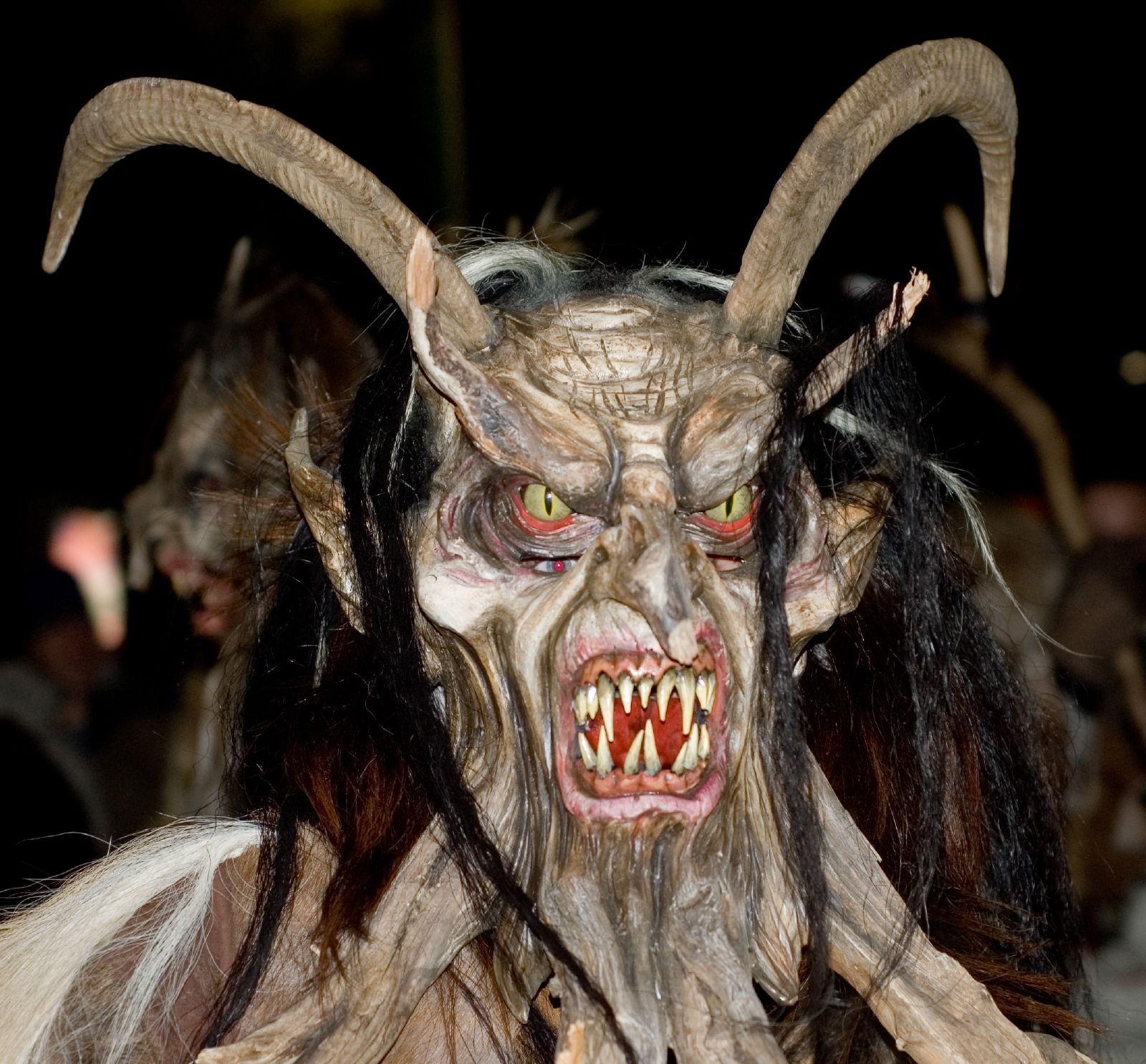Earlier this week, I saw a post from a noted esoteric author on Facebook. The post was a picture of an Egyptian revival tomb in New York and the author posed the question of if the tomb was a replica of the Scottish Rite Temple in Washington, DC. I didn't see the similarities of the two structures myself, but it make me think of a trap everyone who studies esoterica faces at times. How do we accurately interpret symbols in unlikely places? It's easy to fall into the mindset that there is only one specific answer to the interpretation of that symbol.
Take a look at the photo below and ask yourself what does this particular sign mean and why is the person making it?
After you have your answer in mind, analyze why you responded the way you did. Now take a look at this picture and ask yourself the same question. What does this symbol now mean to you?
The picture was taken from the Wiki article on "hook 'em horns" and the football scene was blacked out in the first one. For those not familiar with college football, University of Texas fans will throw up the "hook 'em horns" sign to show their support for the team. The sign mirrors the longhorn cattle logo of the University of Texas.
The difference in the interpretation of the two pictures is simply the context in which the sign is made. Since there are a number of interpretations of raising the pinky and index finger, it's impossible to definitively tell what the sign means without its proper context. If the sign was made in the context of the below picture, we would assume the person was simply trashing to heavy metal music and not supporting a football team.
The point of this exercise can be extended to any form of symbolism we decide to examine. If the object of our study is a building, one cannot assume that the symbols we see ingrained in the building have a specific meaning. One cannot also assume that a symbol has any meaning at all. The architect might simply have thought the design was visually pleasing and never meant it to have an esoteric significance.
The first question one must ask is not what the symbol means, but who placed the symbol there. What do we know about the person who placed the symbol there? What is their background? What motivation, if any, did they have to place this particular symbol there? Only then can one start to unravel the true meaning of any symbol. The due diligence of contextual interpretation can be applied to paintings, buildings, or anywhere else in the world we find a symbol.
In the world of esoteric studies, there are enough blind alleys one can spent their time on without automatically jumping to erroneous conclusions. There is plenty of hidden meanings out there without one attaching unnecessary symbolic baggage to your analysis. I hope this saves someone out there some time and mental shoe-leather...







